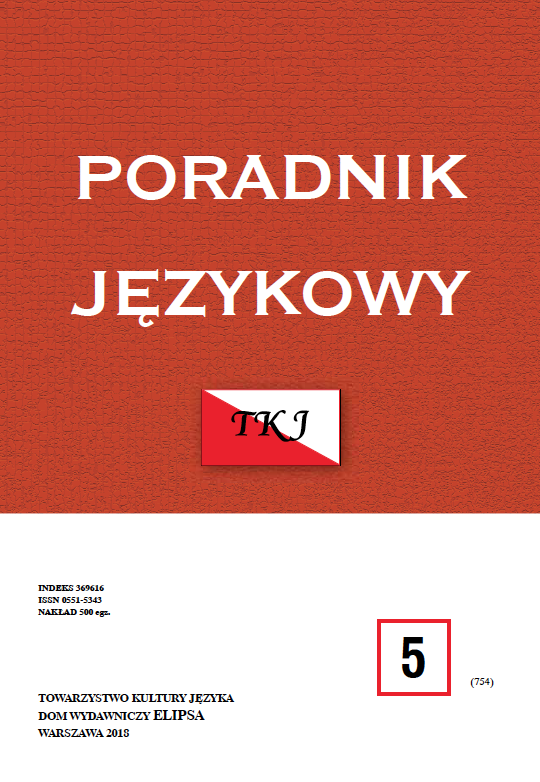ZABURZENIA KOMUNIKACJI JĘZYKOWEJ W KLASYCZNEJ POSTACI CHOROBY ALZHEIMERA ORAZ W JEJ WARIANTACH ATYPOWYCH
Language communication disorders in the classical
form of Alzheimer’s disease and in its atypical variants
Author(s): Ewa WolańskaSubject(s): Education, Sociology
Published by: Dom Wydawniczy ELIPSA
Keywords: Alzheimer
Summary/Abstract: This paper provides detailed characteristics of language communication disorders in the classical, i.e. amnestic variant of Alzheimer’s disease – late-onset, and the main contemporarily distinguished atypical variants of AD, such as: the logopenic variant of Alzheimer’s disease (LvAD), the visual variant of Alzheimer’s disease (VvAD), the apraxic variant of Alzheimer’s disease (AvAD), and the frontal variant of Alzheimer’s disease (FvAD). It also points to the lack of appropriate standardised scales useful for assessing linguistic and communicative functions in Polish-speaking patients. A postulate for a proper adaptation of such tools was made with respect to texts created in a foreign cultural and linguistic tradition. The adaptation would include: 1) cultural adaptation, that is adaptation of cultural scripts (behaviour patterns), which influence the shape and dynamics of communication; 2) linguistic adaptation, which allows for the system properties of the Polish language; 3) normalisation, which permits the identification of the relations between the results obtained with the use of the tool and the average results in a given population; 4) confirmation research, which provides for selected variables, such as gender, age or education of the subjects.
Journal: Poradnik Językowy
- Issue Year: 2018
- Issue No: 05
- Page Range: 51-67
- Page Count: 17
- Language: Polish
- Content File-PDF

